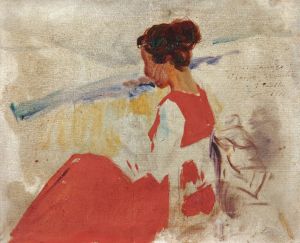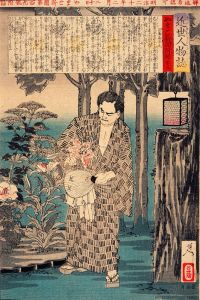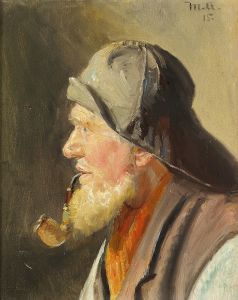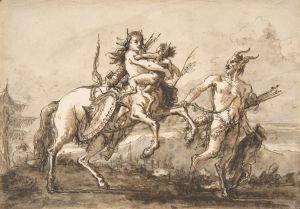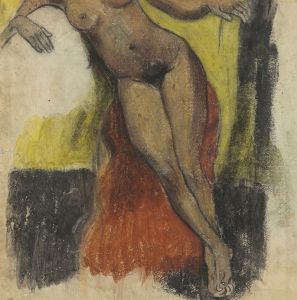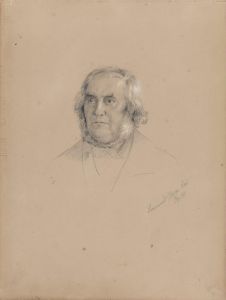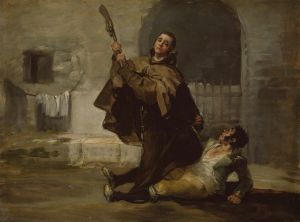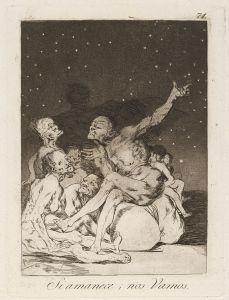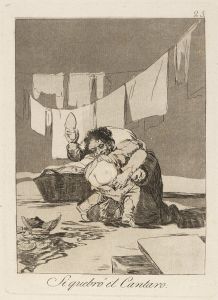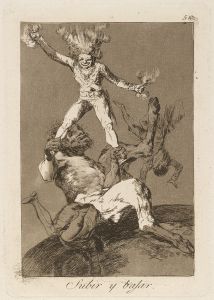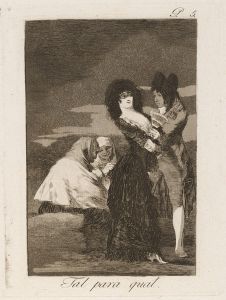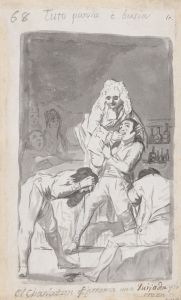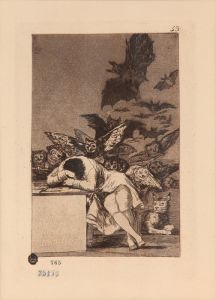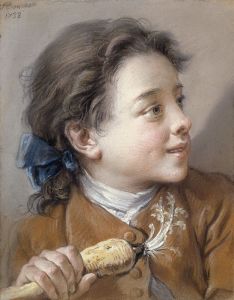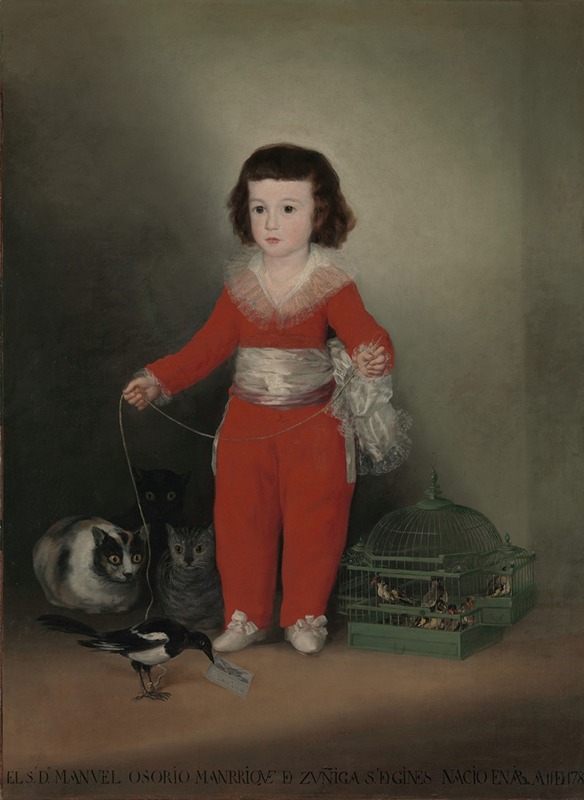
Manuel Osorio Manrique de Zuñiga
A hand-painted replica of Francisco de Goya’s masterpiece Manuel Osorio Manrique de Zuñiga, meticulously crafted by professional artists to capture the true essence of the original. Each piece is created with museum-quality canvas and rare mineral pigments, carefully painted by experienced artists with delicate brushstrokes and rich, layered colors to perfectly recreate the texture of the original artwork. Unlike machine-printed reproductions, this hand-painted version brings the painting to life, infused with the artist’s emotions and skill in every stroke. Whether for personal collection or home decoration, it instantly elevates the artistic atmosphere of any space.
"Manuel Osorio Manrique de Zuñiga" is a renowned painting by the Spanish artist Francisco de Goya, completed around 1787-1788. This artwork is one of Goya's most famous portraits and is often referred to as "The Red Boy" due to the striking red outfit worn by the young subject. The painting is an oil on canvas and is part of the collection at The Metropolitan Museum of Art in New York City.
The portrait depicts Manuel Osorio Manrique de Zuñiga, the youngest son of the Count and Countess of Altamira. The child is shown standing, dressed in an elaborate red costume that includes a silk suit with a white lace collar and cuffs. His attire is indicative of the high social status of his family. The vivid red of his clothing contrasts sharply with the more subdued background, drawing the viewer's attention directly to the boy.
Goya's portrayal of Manuel is both charming and enigmatic. The boy holds a string attached to a pet magpie, which is perched on the floor. The magpie holds a card in its beak, which bears Goya's signature, a clever inclusion by the artist. Surrounding the boy are three cats, whose expressions and postures add a layer of tension and intrigue to the composition. The presence of these animals has been interpreted in various ways, but Goya's intention remains a subject of discussion among art historians.
The painting is a testament to Goya's skill in capturing the innocence and vulnerability of childhood while also hinting at the complexities of human nature. The lifelike depiction of Manuel's face, with his wide eyes and slightly parted lips, conveys a sense of immediacy and presence. Goya's use of light and shadow enhances the three-dimensionality of the figure, making Manuel appear almost lifelike.
Francisco de Goya was a prominent Spanish painter and printmaker, known for his portraits and for his works that reflect the social and political upheavals of his time. During the late 18th century, Goya was appointed as a court painter to the Spanish Crown, which allowed him to create portraits of the Spanish aristocracy, including the Altamira family.
"Manuel Osorio Manrique de Zuñiga" is a significant example of Goya's portraiture work during this period. It reflects his ability to blend realism with psychological depth, capturing not only the physical likeness of his subjects but also their inner lives. This painting, like many of Goya's works, continues to be studied and admired for its artistic excellence and its insight into the society of the time.
The painting remains a popular attraction at The Metropolitan Museum of Art, where it is appreciated by visitors from around the world. Its enduring appeal lies in its masterful execution and the intriguing narrative suggested by its composition.





